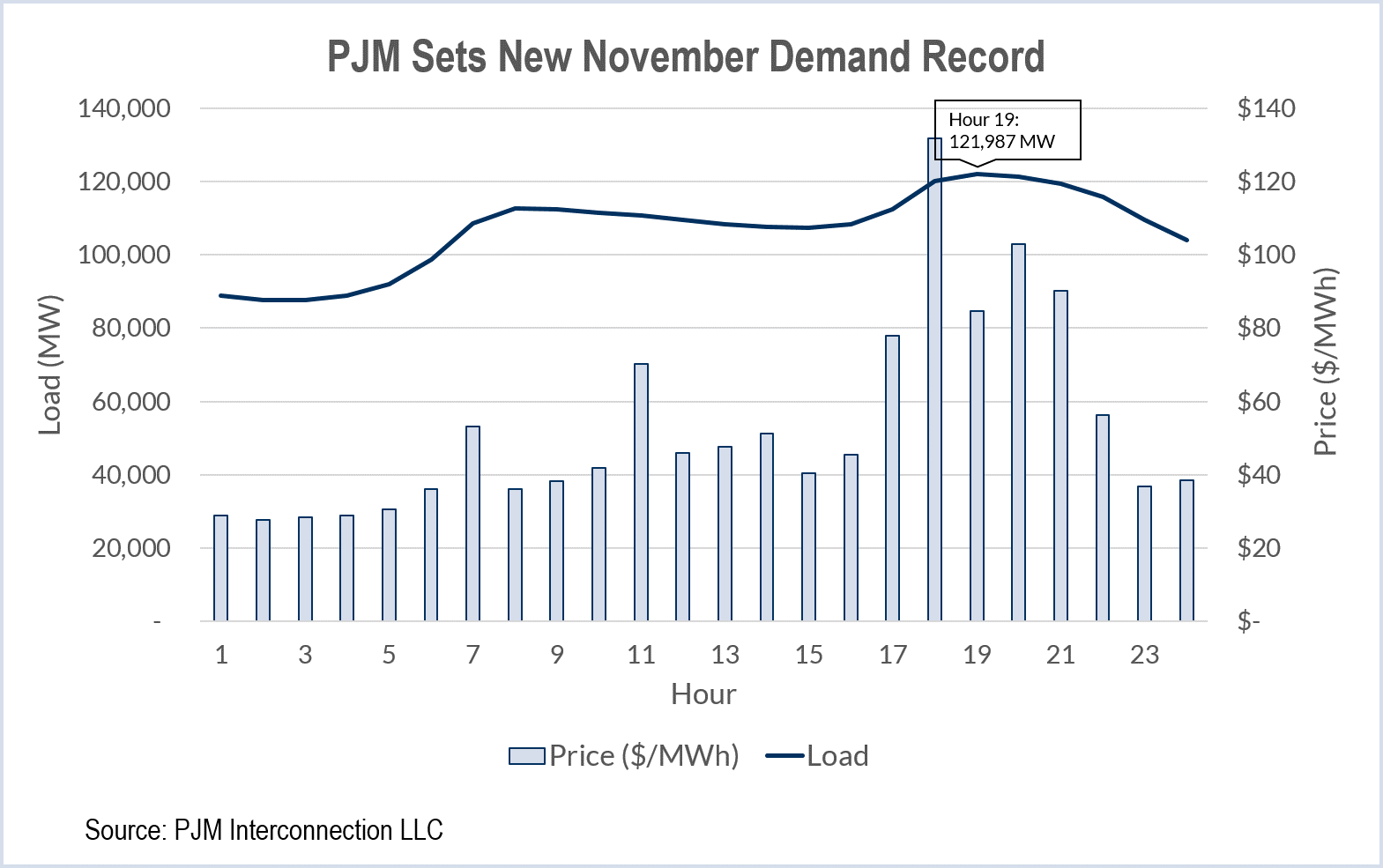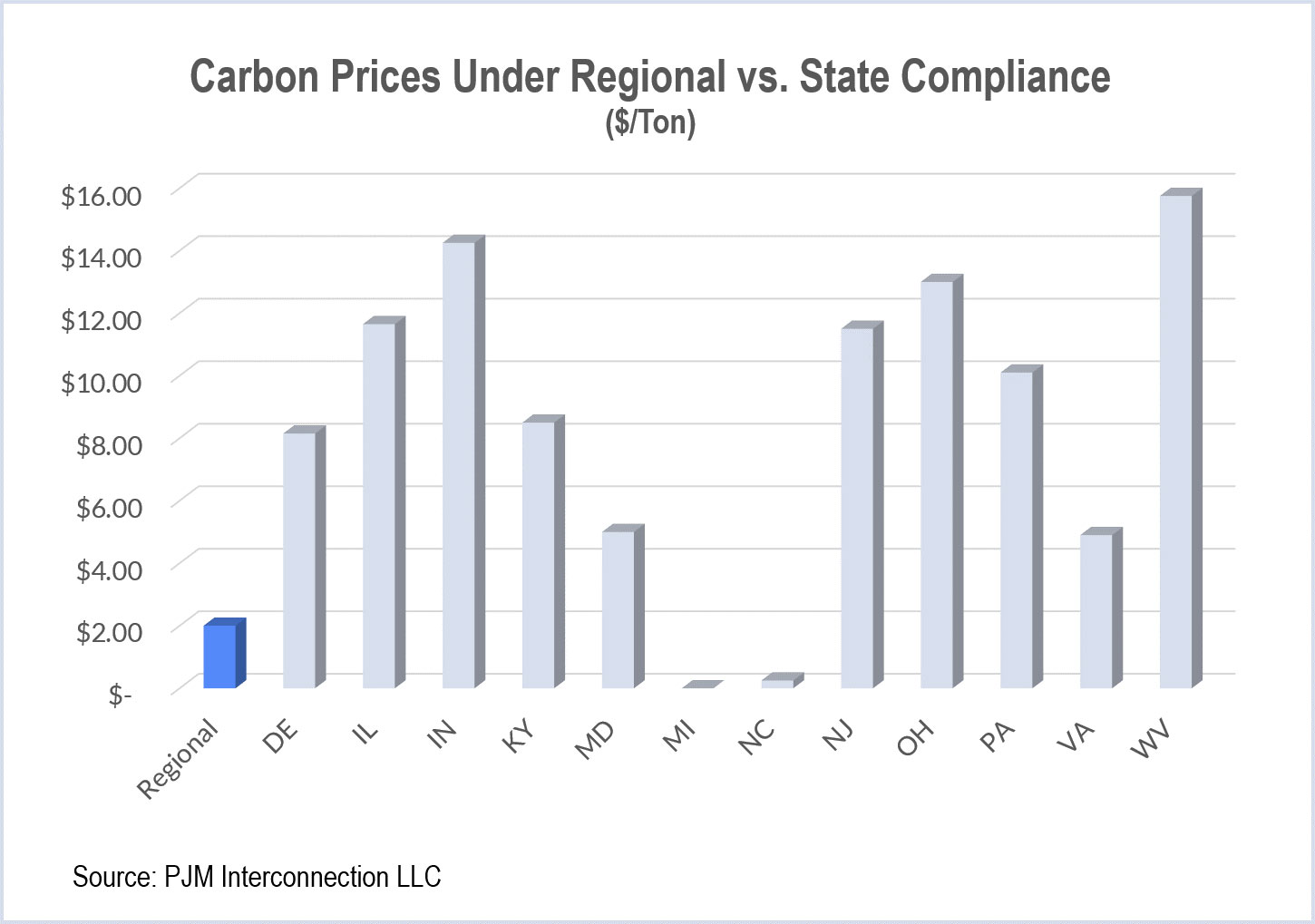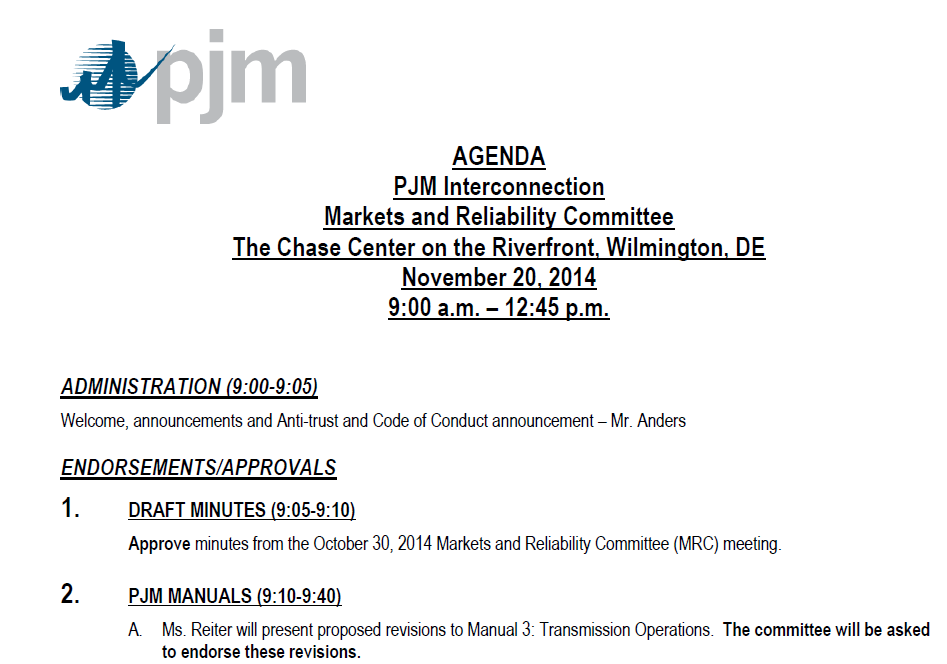
The Nuclear Regulatory Commission staff has completed a Final Safety Evaluation Report on the Fermi 3 project. The Michigan company in 2008 began pursuing a combined construction-operation license at the complex, the site of the experimental Fermi 1 reactor and Fermi 2.
DTE has spent an estimated $30 million so far on the licensing process, though new nuclear projects have become less competitive in an age of cheap natural gas. The estimated cost to build the reactor, originally $3 billion, is now more than $10 billion.
More: Toledo Blade
NRG Vows to Cut CO2 Emissions by 50% by 2030, 90% by 2050
NRG Energy announced that it will cut its current overall carbon emissions in half by 2030 and by 90% by 2050.
CEO David Crane, at the groundbreaking for its new Princeton, N.J., headquarters, said NRG has already made significant moves to reduce emissions by retiring older power plants and investing in renewable energy.
Crane said NRG’s strategy is a response to its corporate customers who are striving to reduce emissions. “We are working with these companies on putting solar panels all over their facilities, and it’s helpful for them to know that we’re heading in the right direction,” he said.
More: The New York Times
NTE Energy to Build 540-MW Combined-Cycle Plant in Ohio

The Ohio Environmental Protection Agency gave NTE Energy a crucial air permit for its proposed 525-MW combined-cycle natural gas plant near Middletown.
The company, based in St. Augustine, Fla., said it hopes to break ground early next year. Several other permits are needed before construction can begin. The $500 million Middletown Energy Center would connect to Duke Energy Ohio’s transmission system when it is begins operations in mid-2018.
More: Journal-News
42 ComEd Workers Share $1 Million Lottery Jackpot
A group of Commonwealth Edison workers who call themselves the “42 Megawatts” won $1 million in the Mega Millions drawing.
The group has been collecting a pool for six years. “Over the years some members have dropped out and new ones have joined,” one of the winners, Patty Jordan, said in the statement. “We’ve always each put $2 per week into our lottery pool. I don’t think any of us really expected we would win a prize like this.”
Excepting taxes, each of the 42 members’ share is about $23,800.
More: Fox 32 News
FirstEnergy Gets OK from PUCO to End Most Energy-Efficiency Programs
The Public Utilities Commission of Ohio approved a FirstEnergy plan to end consumer energy-efficiency programs at the end of the year.
FirstEnergy is the only Ohio electric company that asked to end its efficiency programs under a new law enacted last spring. The programs gave rebates and discounts for Energy Star appliances and rewards for turning in old appliances. FirstEnergy’s move to end the subsidies was opposed by the Office of the Ohio Consumers’ Council, the Natural Resources Defense Council and the Environmental Law and Policy Center.
FirstEnergy will be allowed to continue to assess a surcharge on customers’ bills to finance the programs. Any over-collections will be returned to customers in a later “true-up,” the commission said.
More: The Plain Dealer
Salem 1 Returns to Service After Month-Long Fueling Outage

A third of the 193 fuel assemblies in the reactor were swapped out, and several major values replaced, during the outage. The other two reactors on Artificial Island — Salem 2 and Hope Creek — continued to operate at full power.
More: NJ.Com
Dominion Resources Buys Utah Solar Power Plant
Dominion bought a 50-MW solar project in Millard County, Utah, from juwi solar for an undisclosed price. The plant is expected to begin operations in the second half of 2015. It has a 20-year power-purchase and interconnection agreement in place.
The new project will be added to Dominion’s portfolio of 324 MW of solar facilities in California, Connecticut, Georgia, Indiana and Tennessee. Dominion Virginia Power, the company’s regulated utility, also has a number of solar projects in operation or development.
More: CNN
TVA Awards Employee Bonuses Averaging $11,400 Each
The Tennessee Valley Authority is awarding “winning performance” bonuses to each of its 11,500 employees for meeting major goals in the past year. The company is shelling out $131 million, which comes to an average award of about $11,400.
CEO Bill Johnson, who was paid $4.6 million in fiscal year 2014, said the company met its goals for plant performance improvements, reductions in operating costs and lowered accident rates. The company earned $469 million on $11.1 billion in revenue for 2014, the best in four years. TVA cut nearly 2,000 positions in the past year.
More: Chattanooga Times Free Press
PPL’s Sale of Montana Hydro to NorthWestern Energy Final
PPL completed the sale of 11 hydroelectric plants in Montana to NorthWestern Energy for $890 million. NorthWestern also bought the Hebgen Lake reservoir. PPL retained its interests in the Colstrip and J.E. Corette coal-fired power stations and a Butte-based energy marketing operation.
PPL paid $1.6 billion for the Montana hydro and fossil units in 1999. The hydro units were problematic for PPL, which successfully countered a move by the state to pay it $50 million in back and future rent for the riverbeds under the plants. PPL appealed the case to the U.S. Supreme Court and won.
More: Allentown Morning Call






